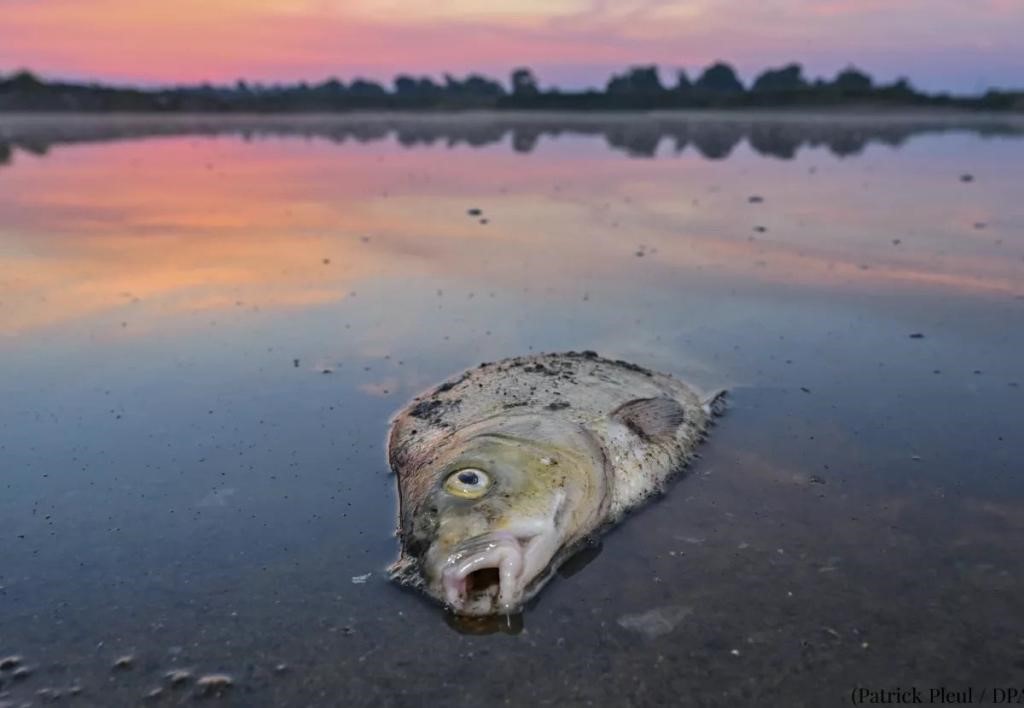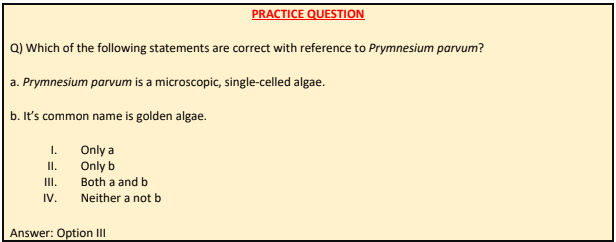Free Courses Sale ends Soon, Get It Now


Free Courses Sale ends Soon, Get It Now



Copyright infringement not intended
Context: Oder river ecological disaster that killed hundreds of tonnes of fish in 2022 was human-made: Report. It is almost certain that a substantial toxic algal bloom, supported by human activity, caused the ecological destruction
Details:
Causes:
About the river:
Prymnesium parvum:
Common name: golden algae
Identification:
Size: Cells are 6 to 12 µm long and 3.5 to 8 µm wide
Native Range: P. parvum is ubiquitous worldwide in temperate zones
Ecology:
Impact of Introduction:

© 2024 iasgyan. All right reserved